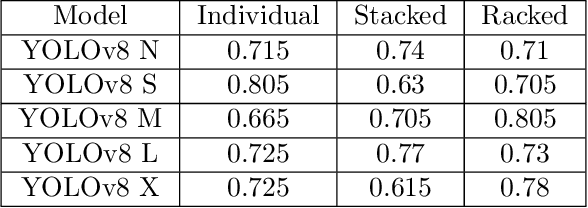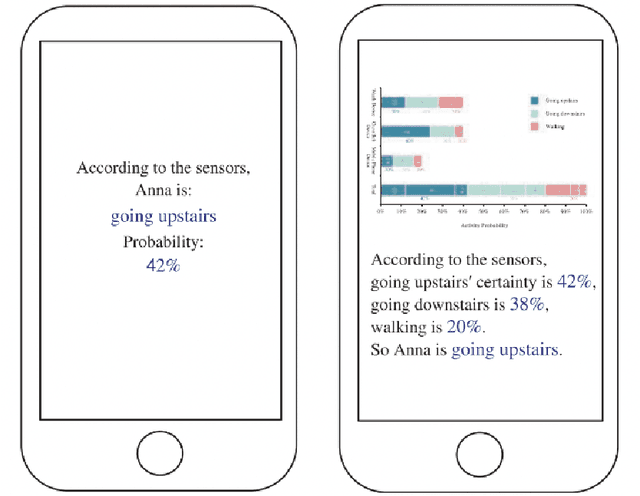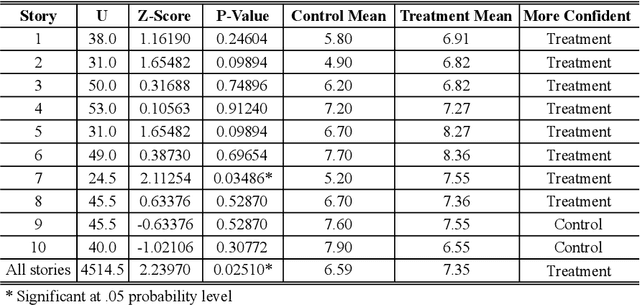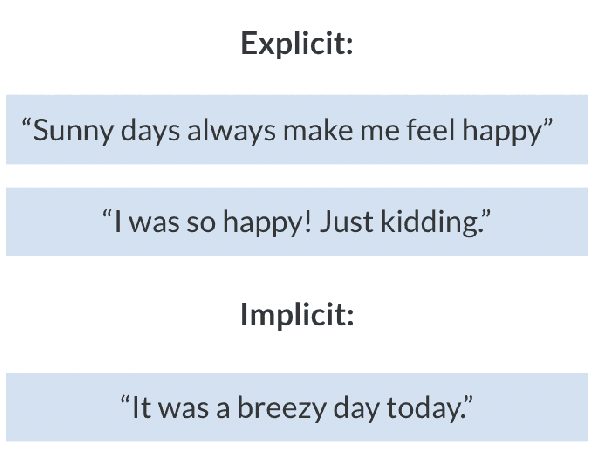Henry Gann
The University of Auckland
Improving Pallet Detection Using Synthetic Data
Feb 11, 2024



Abstract:The use of synthetic data in machine learning saves a significant amount of time when implementing an effective object detector. However, there is limited research in this domain. This study aims to improve upon previously applied implementations in the task of instance segmentation of pallets in a warehouse environment. This study proposes using synthetically generated domain-randomised data as well as data generated through Unity to achieve this. This study achieved performance improvements on the stacked and racked pallet categories by 69% and 50% mAP50, respectively when being evaluated on real data. Additionally, it was found that there was a considerable impact on the performance of a model when it was evaluated against images in a darker environment, dropping as low as 3% mAP50 when being evaluated on images with an 80% brightness reduction. This study also created a two-stage detector that used YOLOv8 and SAM, but this proved to have unstable performance. The use of domain-randomised data proved to have negligible performance improvements when compared to the Unity-generated data.
Measure of Uncertainty in Human Emotions
Aug 08, 2023



Abstract:Many research explore how well computers are able to examine emotions displayed by humans and use that data to perform different tasks. However, there have been very few research which evaluate the computers ability to generate emotion classification information in an attempt to help the user make decisions or perform tasks. This is a crucial area to explore as it is paramount to the two way communication between humans and computers. This research conducted an experiment to investigate the impact of different uncertainty information displays of emotion classification on the human decision making process. Results show that displaying more uncertainty information can help users to be more confident when making decisions.
 Add to Chrome
Add to Chrome Add to Firefox
Add to Firefox Add to Edge
Add to Edge